The Ultimate Guide to Shipping from China to UAE: Everything You Need to Know
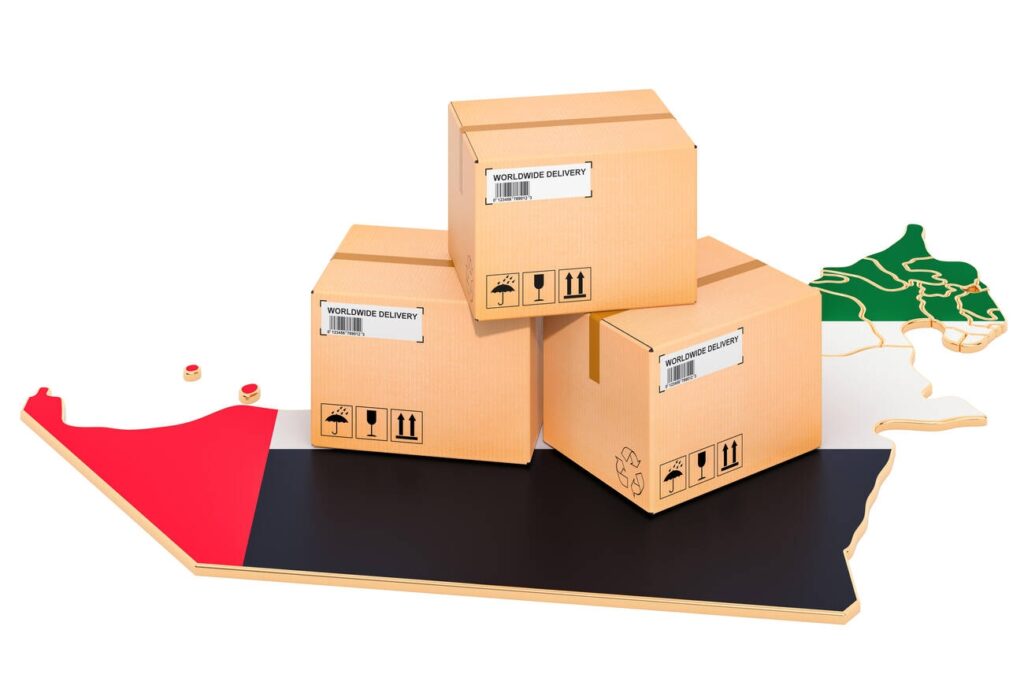
Introduction to Shipping from China to UAE
Shipping from China to UAE is a vital aspect of international trade, facilitating the movement of goods between two significant economic hubs. Understanding the logistics, regulations, and best practices involved in this process is crucial for businesses looking to expand their operations.
- Understanding the Logistics
- Choosing the Right Shipping Method
- Customs and Regulations
- Cost Factors
- Shipping Timeframes
- Packaging and Labeling Requirements
- Tracking and Insurance
- Dealing with Delays and Issues
- Working with Freight Forwarders
- Tips for Successful Shipping
- Future Trends in Shipping
- Conclusion
- FAQs
Understanding the Logistics
Before delving into the specifics, it’s essential to grasp the basics of shipping from China to UAE. The process involves transporting goods from manufacturing facilities in China to ports in the UAE for distribution. Various shipping methods are available, each with its own set of advantages and considerations.
Choosing the Right Shipping Method
One of the first decisions businesses must make is selecting the most suitable shipping method. Air freight offers speed and efficiency but can be costlier than sea freight, which is more economical for larger shipments. Factors such as urgency, budget, and the nature of the goods will influence this choice.
Customs and Regulations
Navigating customs and regulations is a critical aspect of international shipping. Import/export regulations in the UAE must be adhered to, and proper documentation is essential for smooth customs clearance. Familiarizing oneself with these requirements is paramount to avoid delays and penalties.
Cost Factors
Shipping costs can vary significantly depending on factors such as shipment volume, weight, and chosen transportation mode. It’s essential to understand the breakdown of costs, including freight charges, insurance, and any additional fees that may apply.
Shipping Timeframes
Businesses must also consider shipping timeframes when planning their logistics. While air freight offers faster delivery times, sea freight may take longer but can be more cost-effective for certain shipments. External factors such as weather conditions and customs clearance procedures can impact delivery schedules.
Packaging and Labeling Requirements
Proper packaging and labeling are essential to ensure the safe transit of goods. Packaging guidelines must be followed to protect items from damage during shipping, while accurate labeling is necessary for customs clearance and inventory management.
Tracking and Insurance
Tracking shipments in transit provides visibility and accountability throughout the shipping process. Additionally, businesses should consider obtaining insurance to protect against potential losses or damages during transport.
Dealing with Delays and Issues
Despite careful planning, delays and issues may arise during shipping. It’s essential to be prepared to address these challenges promptly, employing strategies such as proactive communication with suppliers and carriers to minimize disruptions.
Working with Freight Forwarders
Freight forwarders play a crucial role in facilitating international shipping, offering expertise and logistical support to streamline the process. Choosing the right freight forwarder can simplify operations and ensure efficient cargo handling from origin to destination.
Tips for Successful Shipping
Effective communication with suppliers and carriers is key to successful shipping operations. Implementing quality control measures and staying informed about industry developments can also contribute to smoother logistics management.
Future Trends in Shipping
As technology continues to advance, the shipping industry is poised for significant transformations. Emerging technologies such as blockchain, IoT, and automation are likely to revolutionize logistics operations, offering increased efficiency and transparency.
Conclusion
Shipping from China to UAE involves navigating a complex network of logistics, regulations, and challenges. By understanding the intricacies of the process and implementing best practices, businesses can optimize their shipping operations and expand their international reach.
FAQs
What are the main challenges of shipping from China to UAE?
Shipping from China to UAE may face challenges such as customs clearance delays, fluctuating freight rates, and communication barriers.
How long does it take to ship goods from China to UAE?
Shipping times vary depending on the chosen method, with air freight typically taking a few days and sea freight ranging from several weeks to a month.
Can I track my shipment during transit?
Yes, most shipping carriers offer tracking services that allow you to monitor your shipment’s progress in real-time.
What should I do if my shipment is delayed?
If your shipment is delayed, it’s essential to communicate with your suppliers and carriers to identify the cause and explore possible solutions to expedite delivery.
Are there any restrictions on the types of goods that can be shipped from China to UAE?
Yes, certain goods may be subject to import/export restrictions or require special permits for transportation. It’s essential to research and comply with relevant regulations to avoid issues during shipping.
Recent Posts
- Budget-Friendly Imports: Strategies for Cost Control When Importing Goods From China
- Bridging Cultures: Navigating Cultural Aspects in China Imports
- Guide to working with a sourcing agent in China for startups
- How China Sourcing Agents Can Transform Your Business
- Exploring the Benefits of Collaborating with a China Sourcing Agent
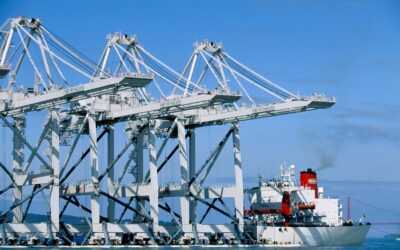
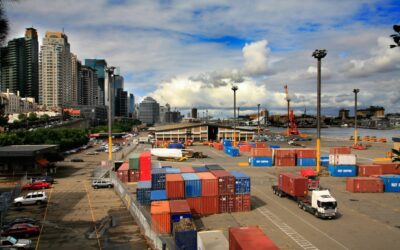
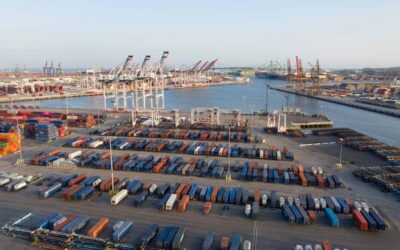


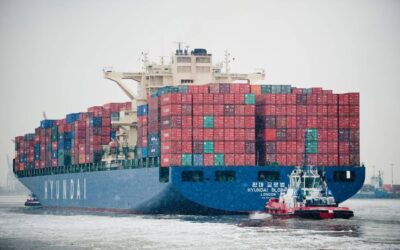
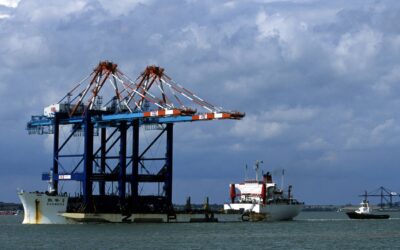
Recent Comments